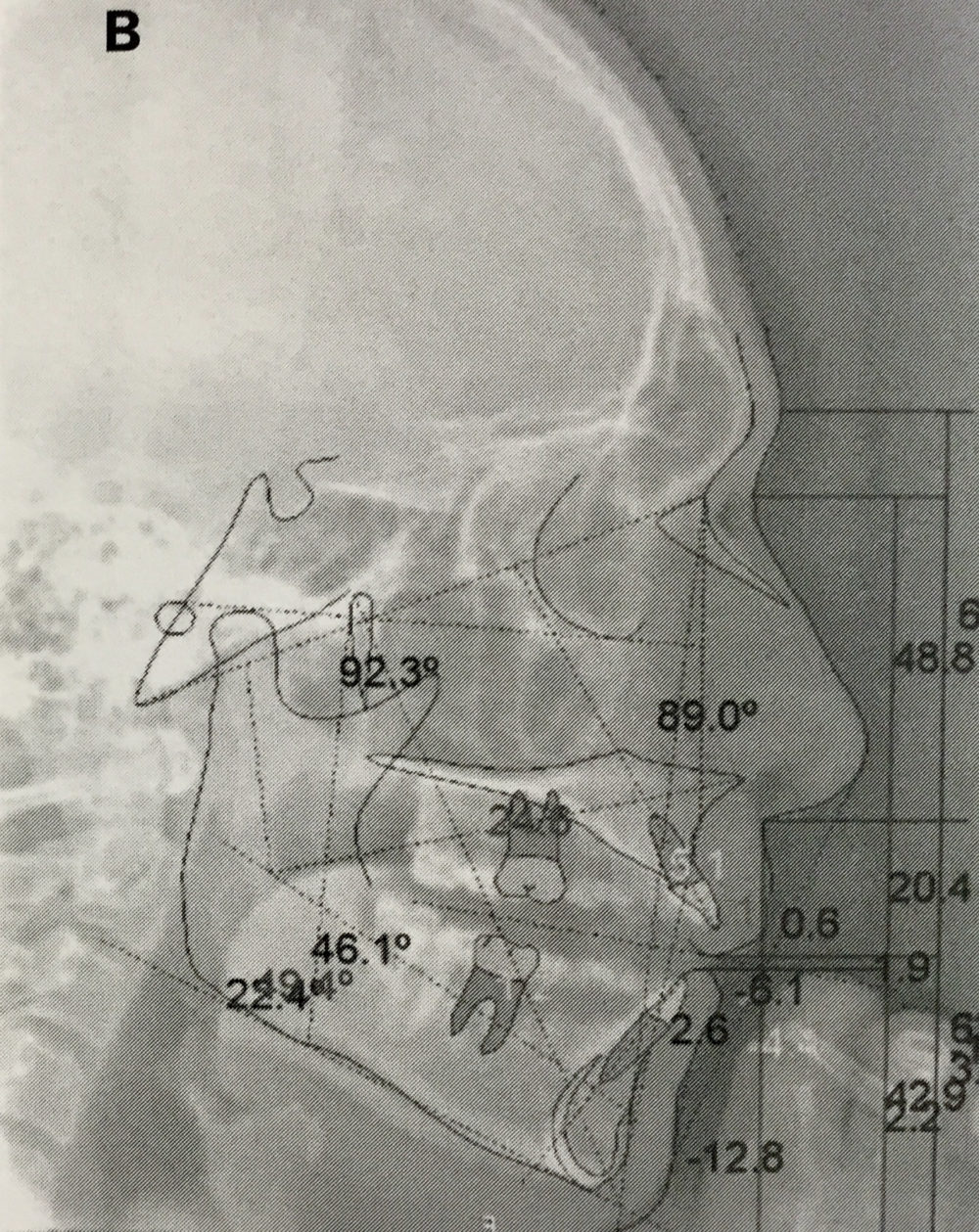Double reed players need people to pay attention to us! We aren’t well represented when it comes to research related to health issues. Most of us aren’t comfortable enough with current science research methods nor do we have the resources to do the work ourselves. Besides…between rehearsals, teaching, personal practice, reed making, and the many other requirements of a musical life; who has the time? Because there are relatively few double reed players, the doctors and physical therapists who are doing performance medicine research tend to work with more generally played instruments, like piano or violin.
But double reed players certainly have aches and pains like all musicians, as well as some aches and pains unique to our tribe. And a recent study gives us some hope that double reed players’ special needs are being considered.
This study was published in “Medical Problems of Performing Artists,” the quarterly journal of the Performing Arts Medicine Association (PAMA). Hey, if something as esoteric as double reeds has its own organization (IDRS), of course performing arts medicine has one too! I’ve been a member of PAMA for many years, and even attended their most recent international conference, which was very enriching.
Their journal publishes excellent current research related to a host of performing issues for dancers, musicians, even circus performers, but rarely are there studies specific to double reeds. So I was shocked when I saw an article about the English Horn in the September issue:
The official title is certainly long-winded [pun intended]: Combined Acquisition Method of Image and Signal Technique for Assessment of Temporomandibular Disorders in Performing Arts Medicine. What does this have to do with the English horn? We discover how it relates in the first line of the article, which reads: “Objective: This pilot study investigated the morphological and functional aspects of an English horn player who presented at a dental appointment with temporomandibular disorder…”
Yes, there’s a lot of scientific jargon in these studies…and this may be why they don’t get read much by the larger musical community. But I’m here to break it down for you.
Like singers and many other wind musicians, double reed players have jaw issues. Some experience pain, and sometimes the joints of the jaw (the temporomandibular joints, or TMJ) get locked. Side effects can be headaches, earaches, or tinnitus. Sometimes the pain is so severe that the musician is unable to perform. What this article explores is a new method for more precisely analyzing and diagnosing TMJ dysfunction. And lucky for us, the subject for this pilot study was an English horn player! The study was conducted in Portugal. The subject played English horn with a national orchestra, but was experiencing an escalation of jaw pain when he played oboe. So the study compared his oboe and English horn playing. The article includes pictures of the subject playing both instruments, as well as detailed x-ray images. One clearly sees that the angle of the reed to the embouchure, as well as the corresponding position of the jaw, is quite different from English horn to oboe. The researchers studied many interesting aspects of playing including an “assessment of the embouchure force measurements during the different pitches.” They discovered that lip pressures were significantly different for the oboe versus the English horn. Specifically, “The embouchure pressures measured during musical practice showed that the English horn induced a higher pressure on the lower lip than on the upper, while the inverse happened with the oboe.”
As with any study, and especially a pilot study, we are left with more questions than answers. No generalities can, or should be made, from a study which only has a single test subject. But here are just some of the questions I have:
- Because the sensors used were directly attached to the reed and inserted in the mouth, how accurate were the results? Or were the results skewed because of these artificial playing conditions?
- Since the subject was injured, what kinds of compensations was he making?
- Are the recorded lip pressures in a normal range for most oboe and English horn players, or are they abnormal and possibly a reason for this test subject’s injuries?
- Were the differences in embouchure pressures from oboe to English horn related to national playing styles or reed making styles? Would these same differences be measured with a different reed style?
- A close look at the photos of the musician reveals that when playing he collapses his head forward, cramping the vertebrae of the cervical spine. What effect does this postural habit have on the jaw disorder?
The authors of the study fully understand its limitations. But they may not know how welcome this study is for our double reed community. This is truly wonderful news: there are researchers looking for better, more accurate ways of measuring what is happening when musicians perform, even English horn players! The researchers for this study were able to assess exactly how much jaw pressure was applied on the right side versus the left side, and how the embouchure pressure changed for low notes versus high notes. If more research is done along these lines, it will not only help with rehabilitating musicians who are suffering from jaw injuries, but it will greatly improve our understanding about how double reed playing works. This will help us practice more effectively, and ultimately help us to make better music. Future medical studies will help us perform music that sounds better, and feels better, too!
